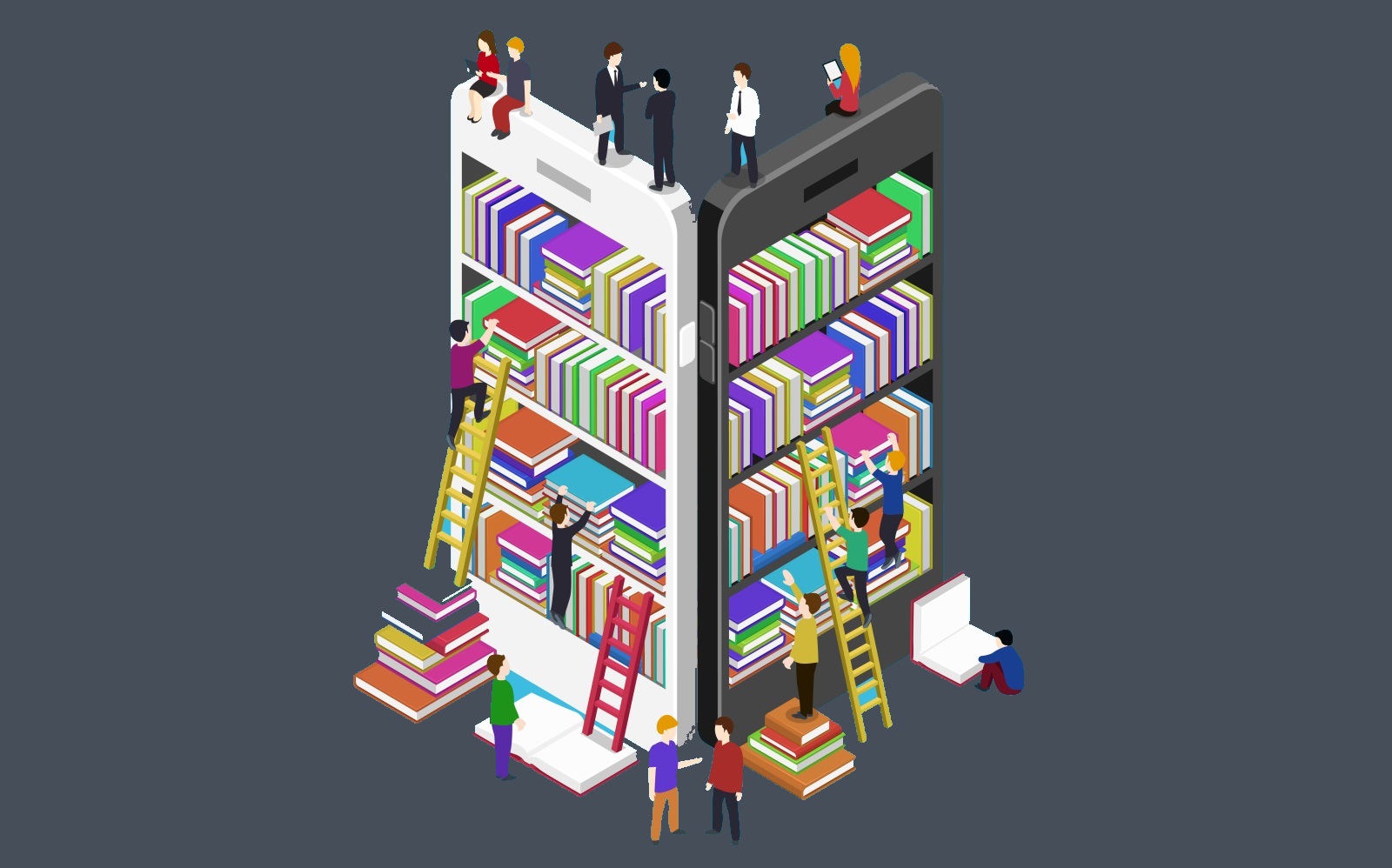Microlearning Part II: Key Strategies for Success.
Microlearning is part of a significant shift in today’s training and development strategies. To recap Part 1 of our microlearning series, there are three top reasons why microlearning matters to HR professionals:
- Microlearning is especially suited for the emerging workforce. By 2025, projections are that millennials will make up 75% of the workforce.[1] Because microlearning is learner-driven, it addresses many of the needs and habits of younger workers.
- Cost Effectiveness. Microlearning “nuggets” are easier and more affordable to produce and to maintain. The cost of creating custom mini-lessons is much lower than the cost of creating traditional training.
- Related to cost is the adaptability feature. Content can be quickly updated as business procedures are added and changed.
In today’s post, we’ll explore the relevance of microlearning in a tech savvy workplace and its benefits for the individual learner and the organization.
7 Smart Microlearning Strategies
Microlearning applications within the workplace are quite varied and can be creatively suited for the specific needs of an individual learner and business. Here are 7 smart strategies for using microlearning:
- Onboarding: Adapting to a new job environment and related processes can be overwhelming for new hires. Microlearning can help them absorb and retain what they’ve learned and prevent information overload.
- Reinforce Training: Following formal training sessions, microlearning can reinforce the information employees have gained. Employees are able to refresh their learning through the ability to revisit ideas and procedures they may otherwise forget.[2] This is especially helpful when applied to those tasks that are important but come up infrequently.
- Training on the Go: With microlearning at their fingertips, employees can quickly locate the information they need and achieve their learning goals within minutes.
- Consistency in Decentralized Workplaces: Bringing together members of widely scattered teams for classes or seminars may be cost- and time-prohibitive. Microlearning ensures that relevant employees have access to the same information and can easily refer to it from where they are, whenever it’s convenient, and in whatever time zone they work. [2]
- Task Performance Readiness: Microlearning provides an objective means of evaluating employees’ strengths and areas for improvement, freeing up managers for other activities.[3]
- Time-Based Decision Making: For tasks which require quick action, microlearning is an exceptional device for providing practice. Typically, scenarios are provided which require the learner to make the correct choice within an allotted time based on the information they’ve been given.[3]
- Information Updates: When work-related procedures are added or changed, microlearning provides a quick and standardized means of conveying new information, without having to call employees off their jobs and into meetings to disseminate it. And by design, microlearning properties ensure that employees receive and understand these updates.
Once you’ve identified your key goals and specific microlearning strategy, the next step is to find the appropriate microlearning experience to best meet your needs. There are a wide variety of microlearning tools available and most fall within three key categories.
Types of Microlearning Tools
Read. Visual microlearning materials provide quick, on-demand access to specific information. They are inexpensive to create and are easy to update. Examples include:
- PDFs
- Infographics
- eBooks
- Flipbooks (can be static or interactive)
View. For a more engaging experience, multimedia tools are also available. As Asha Pandey points out in this eLearning industry blog, “Explaining concepts through pictures (featuring illustrations, animations, and audio) creates a high engagement, and the image stays with the learners well past the learning interaction.” Examples include:
- Videos
- Animation
- Podcasts
- Webcasts
Immerse. The third type of microlearning experience places the learner in the driver’s seat, letting them experience and practice workplace situations firsthand. An obvious advantage of immersive microlearning is that the transfer of learning is extremely high. Examples include:
- Simulations
- Gamification
Why We Like Immersive Microlearning
Immersive microlearning benefits both learners and employers in numerous ways:
Benefits for Learners
- Enhances attentiveness by engaging them in their own development
- Improves transfer of learning through immersive, hands-on practice
- Delivers right-way modeling for mastery and success
- Boosts employee confidence and performance
Benefits for Employers
- Microlearning units can be developed, deployed, and updated quickly
- Cuts time and costs associated with traditional learning solutions
- Increases job readiness and retention for new hires
With more than 30 years of experience designing simulation-based HR tools, Employment Technologies offers an engaging and immersive approach to employee learning and development. Our EASy Rehearsal delivers self-paced microlearning experiences—tailored to your organization’s specific learning objectives and performance goals. This flexible and affordable learning platform is fully customizable to the key work issues that are critical for success within your organization.
Discover how microlearning can enhance employee onboarding and development in your organization. Click here to learn more and to request your free demo.
SOURCES:
[1] 75 Percent of 2025 Workforce Will Be Millennials, Brookings Data Now.
[2] The Brain Science of Microlearning: Why it Works, Victoria Zambito, Training Industry.
[3] 8 Surprising Ways to Use Microlearning Activities in Your Online Training Course, Christopher Pappas.
[4] 15 Types of Microlearning For Formal And Informal Learning In The Workplace, Asha Pandey.


